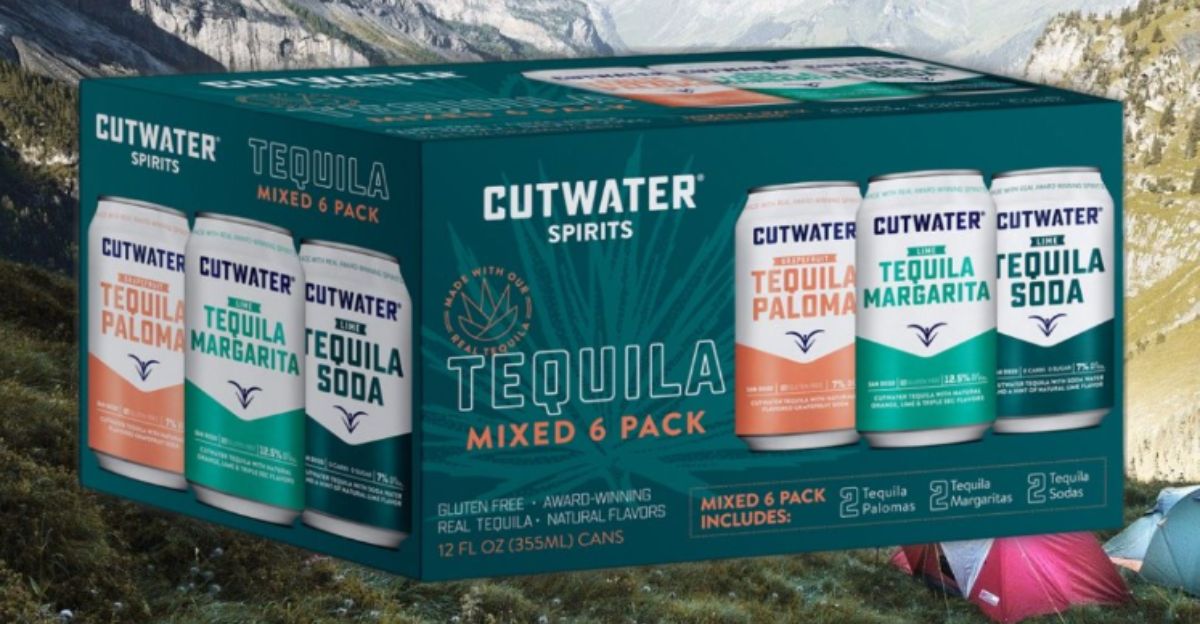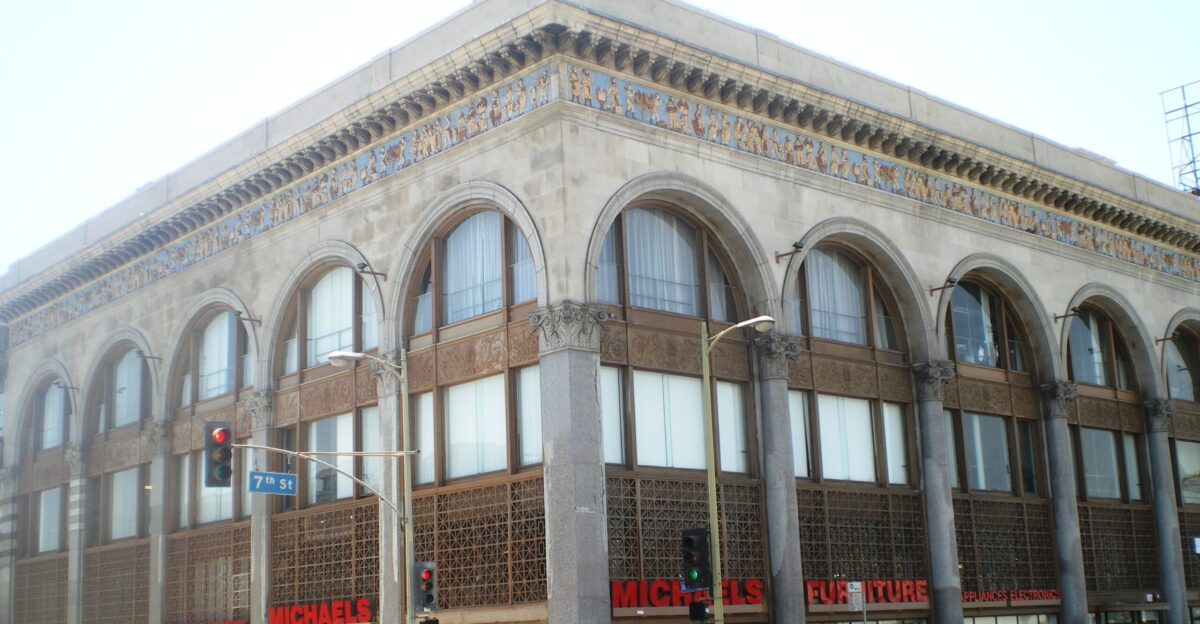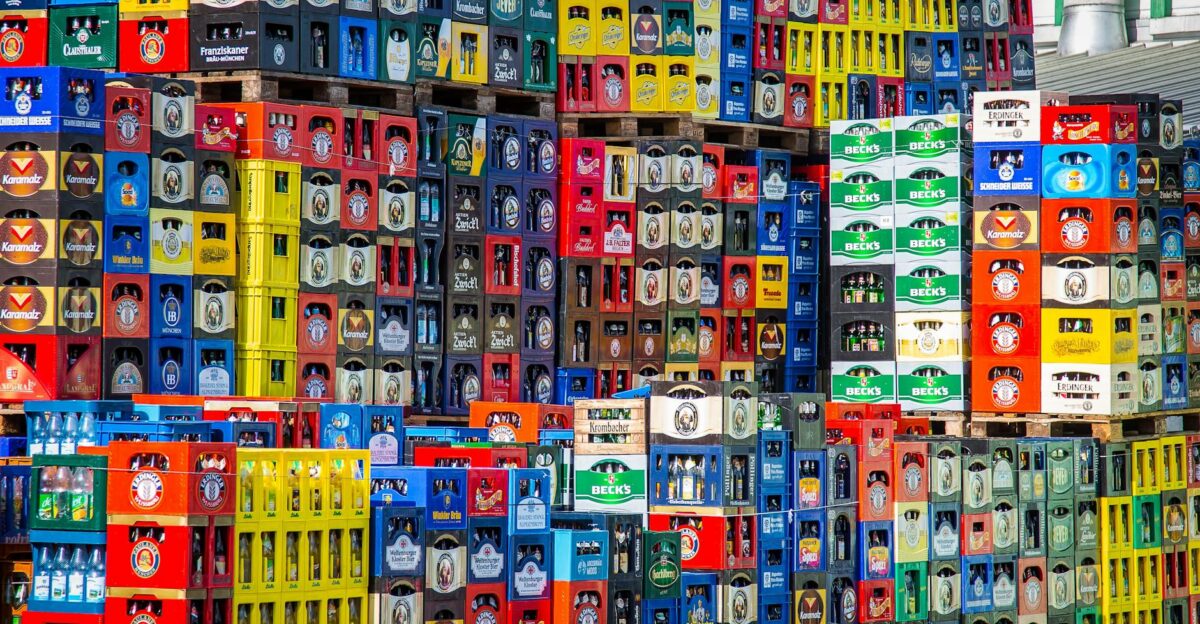
California, the nation’s largest alcohol market, was jolted this summer by news that one of America’s biggest alcohol distributors is pulling out of the state entirely. The shutdown will cut 1,756 jobs, hitting everyone from warehouse drivers to vice presidents, across locations from Sacramento to San Diego.
Industry analysts say the sudden move will send shockwaves through restaurants, bars, and retailers, disrupting supplies of popular wines and spirits. But what could drive such a giant to abandon the country’s most lucrative alcohol market?
Why Big-Name Liquor Brands Suddenly Cut Ties

The crisis deepened earlier this year when several household-name alcohol brands pulled their business from the distributor. Tito’s, High Noon, Cutwater Spirits, and Jack Daniel’s moved their contracts to rival Reyes Beverage Group. With each departure, the company’s California foothold eroded.
CEO Bob Hendrickson attributed the exit to rising costs and industry headwinds, but losing these flagship brands may have been the tipping point.
Inside the Brewing Storm

Even with its 2022 acquisition of Young’s Market Co., expanding its reach across California, it was operating in an industry long shaped by powerful distributors and shifting consumer tastes.
California has weathered many market ups and downs, but insiders call this exit “one of the most dramatic shakeups in decades.” What could bring one of the market leaders to such a sudden retreat?
The Hidden Pressures Behind a Distributor’s Collapse

In 2025, many of California’s alcohol distributors faced growing challenges, including rising operating costs, slipping demand for premium spirits, and fierce competition squeezing already thin profit margins. New state laws also let beer wholesalers sell liquor, breaking down traditional market boundaries.
For this major distributor, these pressures piled up and became overwhelming.
The Alcohol Giant Pulling Out of California

This may be why, on July 1, 2025, Republic National Distributing Company (RNDC) formally notified state authorities of its decision to end all operations in California. The shutdown, set to be completed by early September, is the largest distributor withdrawal in the state’s recent history, a stark indicator of how unsettled California’s alcohol industry has become.
Three Cities Hit Hard as Layoffs Land

More than 390 RNDC employees in San Diego, Commerce, and Sacramento – communities where the company has deep roots – face layoffs. In West Sacramento alone, 136 workers received the difficult news.
As summer events approach, local wine and spirits retailers are already feeling the strain, with supply chains disrupted and growing concerns about shortages. The question on everyone’s mind is: Who will step up to fill the void?
No One Spared in Mass Layoffs

According to filings with the California Employment Development Department under the WARN Act, the closure will result in 1,756 job losses across locations from Sacramento to San Diego. These notices came as a shock to many employees. “After twenty years here, it’s hard to imagine starting over. My whole department is like family,” one worker said.
From warehouse drivers to vice presidents, no corner of the company was spared. Some fear that the short timeline leaves little chance of securing new jobs in a challenging market.
Competitors Race to Seize the Market

With RNDC gone, rivals like Reyes Beverage Group are rapidly snapping up contracts. The shakeup could mean price changes, brand availability, and retailer relationships. New rules allowing beer wholesalers to sell liquor could further disrupt California’s alcohol map.
Will the industry stabilize or get more chaotic?
California’s Drinks Industry Faces a Wider Downturn

RNDC’s exit is part of a larger jobs crisis in California’s alcohol sector. In 2025 alone, Gallo, Delicato, and Duckhorn announced major layoffs. Declining demand, shifting demographics, and rising costs are cutting jobs across the supply chain, signaling an industry under prolonged strain.
Brands Scramble for a New Distributor

RNDC’s shutdown leaves over 2,500 brands without a distributor in California’s crucial market. Retailers and restaurants are urgently trying to secure new supply contracts, but many worry this scramble will lead to shortages and rising consumer prices.
Industry experts caution that this disruption could severely pressure smaller distributors and local businesses, threatening their survival.
Small Retailers Bearing the Brunt

Struggling to adapt, franchise owners who depended on RNDC for a steady supply and credit face uncertainty and disruption. Many reported delivery delays even before the official closure was announced.
The California Grocers Association warns that independent retailers may soon confront rising costs and extended shortages, adding pressure to small businesses already stretched thin.
Inside the Leadership Gamble

Following an aggressive push to grow its footprint in California, RNDC’s Texas-based leadership faced mounting challenges like shrinking contracts, rising debt, and escalating costs that forced a sharp reversal. The layoffs hit hard, taking down even top regional executives and signaling a major strategic retreat.
The Last-Minute Moves That Failed

Before deciding to exit California, RNDC made several attempts to stabilize its business, renegotiating contracts, exploring new product lines, and pursuing fresh market opportunities. Despite these efforts, employees say initial promises of stability were quickly replaced by sudden layoffs, leaving many feeling caught off guard and unprepared.
Will California recover quickly?

Analysts caution that filling the gap left by RNDC will not be simple. The company’s vast scale and established infrastructure are difficult to replace, especially amid ongoing challenges like weak consumer demand, rising inflation, and complex regulations.
Without significant improvements in these areas, experts warn the industry could face further large-scale exits, deepening the uncertainty across California’s alcohol market.
Turning Point or Start of a Bigger Collapse?

The loss of a major distributor puts California’s alcohol industry at a turning point. Is this just a single setback or the start of bigger challenges ahead? With thousands of jobs lost and retailers racing to adapt, the choices made now will shape the future of the state’s iconic beverage landscape for years to come.
